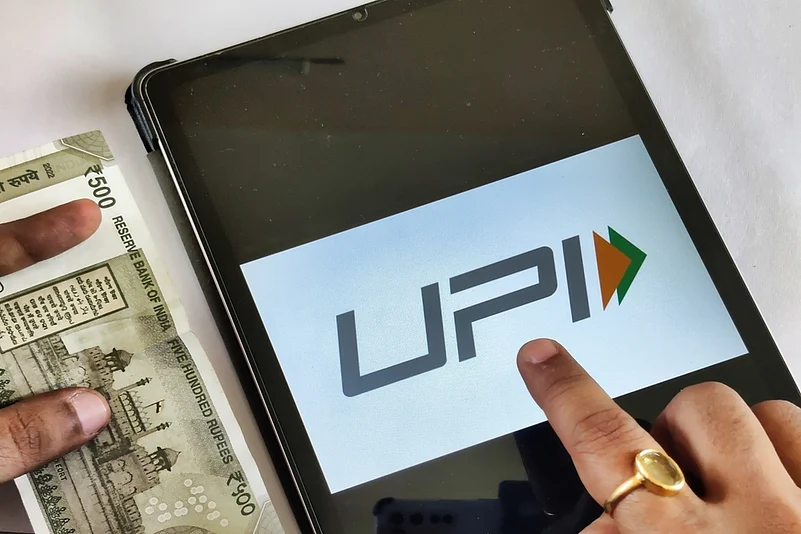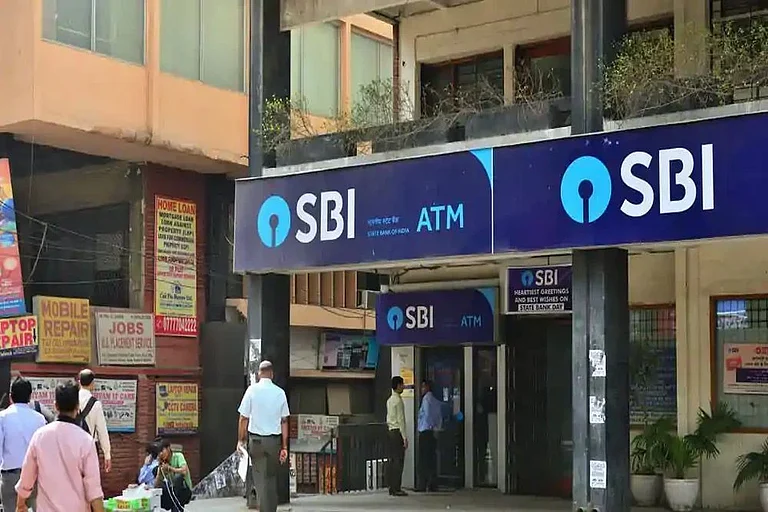The Unified Payment Interface (UPI) will undergo changes in the chargeback processing mechanism effective February 15, 2025. The National Payments Corporation of India (NPCI) issued a circular on February 10, 2025, with guidelines for member banks about ‘auto acceptance and rejection of chargeback basis the TCC & Returns’ in UPI transactions. TCC & returns here means the Transaction Credit Confirmation (TCC) and Returns (RET).
What Is Chargeback?
A chargeback refers to the reversal of a complete or deemed-approved UPI transaction for reasons including technical error, disputes, etc. A chargeback is initiated by the issuer/remitting bank and reversed by the acquiring/beneficiary bank. In the case it is not processed within the turnaround time (TAT), that is (T+0) the issuer bank can raise the chargeback on beneficiary bank.
Note that T+0 is a very short period for the reconciliation of potential chargeback transactions. Many a time it lapses before the acquiring bank can reconcile and process the return, leading to a chargeback and penalty on it.
As per the circular, “Chargebacks are often initiated by remitting banks before beneficiary banks can act on UPI deemed approved transactions, because the current process allows remitting banks to raise chargeback from T+0 onwards in URCS, due to which beneficiary banks are not getting sufficient time to reconcile and process returns (RET)/TCC proactively before a dispute is taking shape of a chargeback, there were instances where beneficiary banks have raised RET and didn’t check the status of returns they have been rejected because chargeback is already raised, and the chargeback has been closed on deemed acceptance basis along with RBI penalty”.
At present the issuer bank can raise the chargeback on the transaction day itself and due to the short span to reconcile the transactions by the beneficiary bank, a regular reversal turns into a chargeback. Some examples of when a chargeback occurs are when there is an unsuccessful transaction, a double processing of the transaction, a technical error, or a merchant charging twice for the same transaction. Considering all these issues leading to disputes, the NPCI issued the guidelines, making chargeback acceptance or rejection automatic based on the TCC and RET. This step eliminates the need for manually checking the transaction and taking action on it.
How Will This Change Impact Individual End Users?
Notably, the change will only be applicable for bulk transactions and Unified Dispute and Issue Resolution (UDIR).
Mohan K, Founder, TechFini, a UPI-based payment infrastructure provider, clarifies, “This indicates that the automation of chargeback acceptance and rejection is designed for batch-processed transactions handled by banks and does not directly affect individual transactions initiated by users through front-end applications”.
He says further, “The primary objective of this change is to enhance the efficiency of the chargeback process for member banks by automating acceptance and rejection based on transaction confirmations. While the change is designed to streamline backend operations and reduce processing times for banks, end-users might indirectly benefit from quicker resolution of disputed transactions. However, the direct impact on users' experience may be minimal, as the process primarily affects inter-bank settlement mechanisms”.
So, for individual users, the transaction experience is expected to remain almost the same. However, the automatic acceptance and rejection of chargebacks, even when a chargeback has been raised, will benefit member banks by making the process faster and more efficient while reducing the burden of unnecessary penalties on them.















